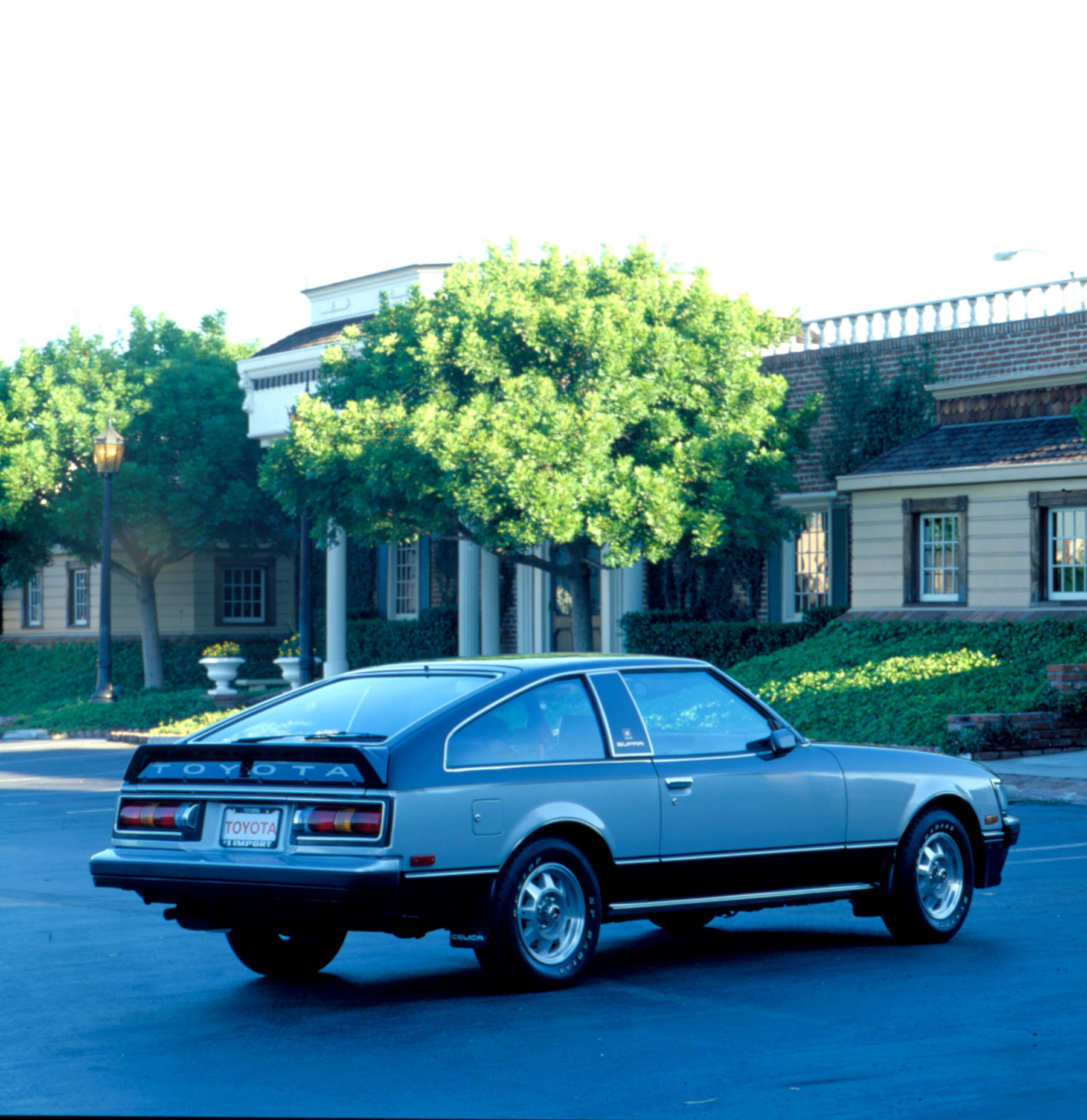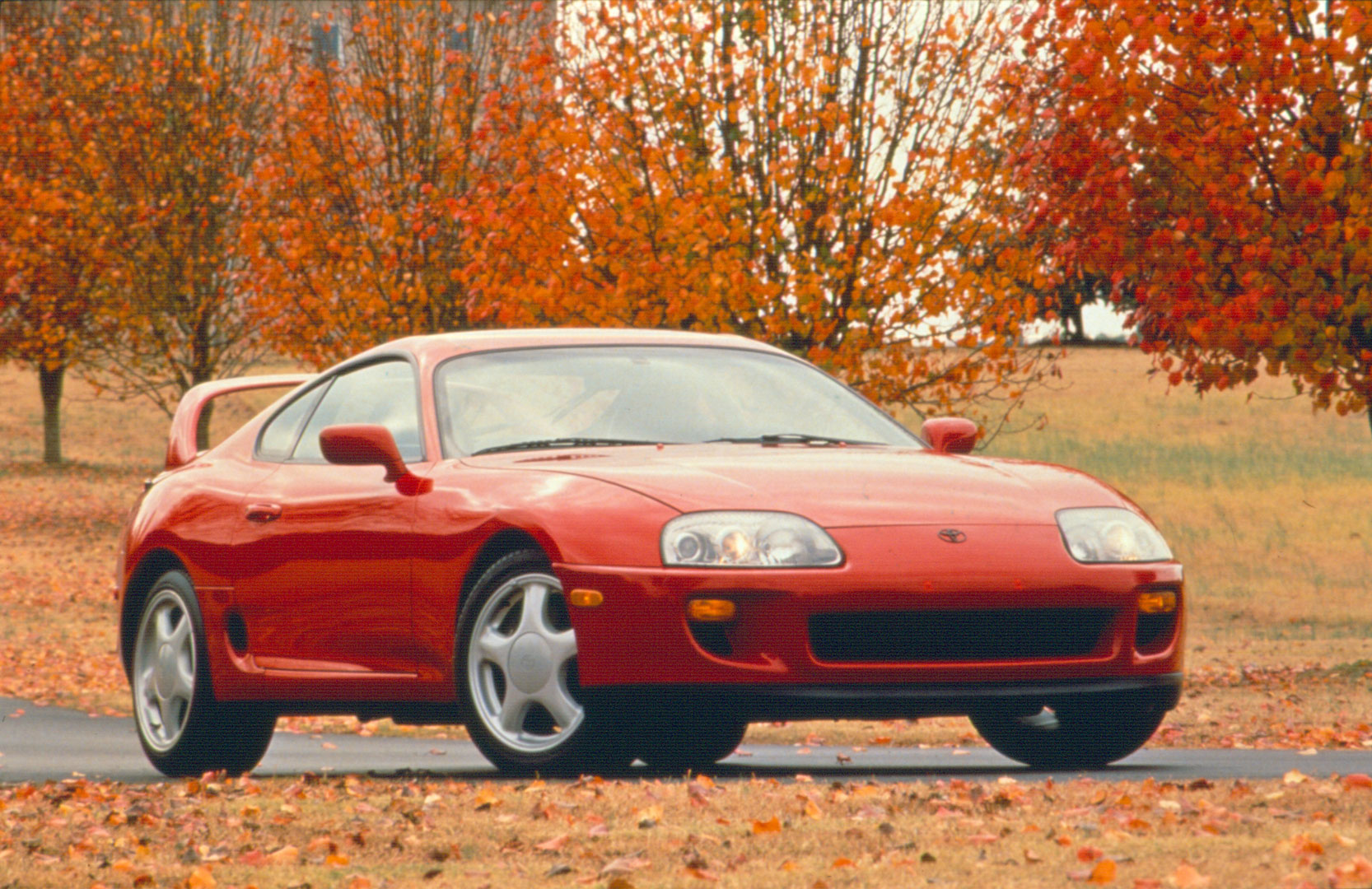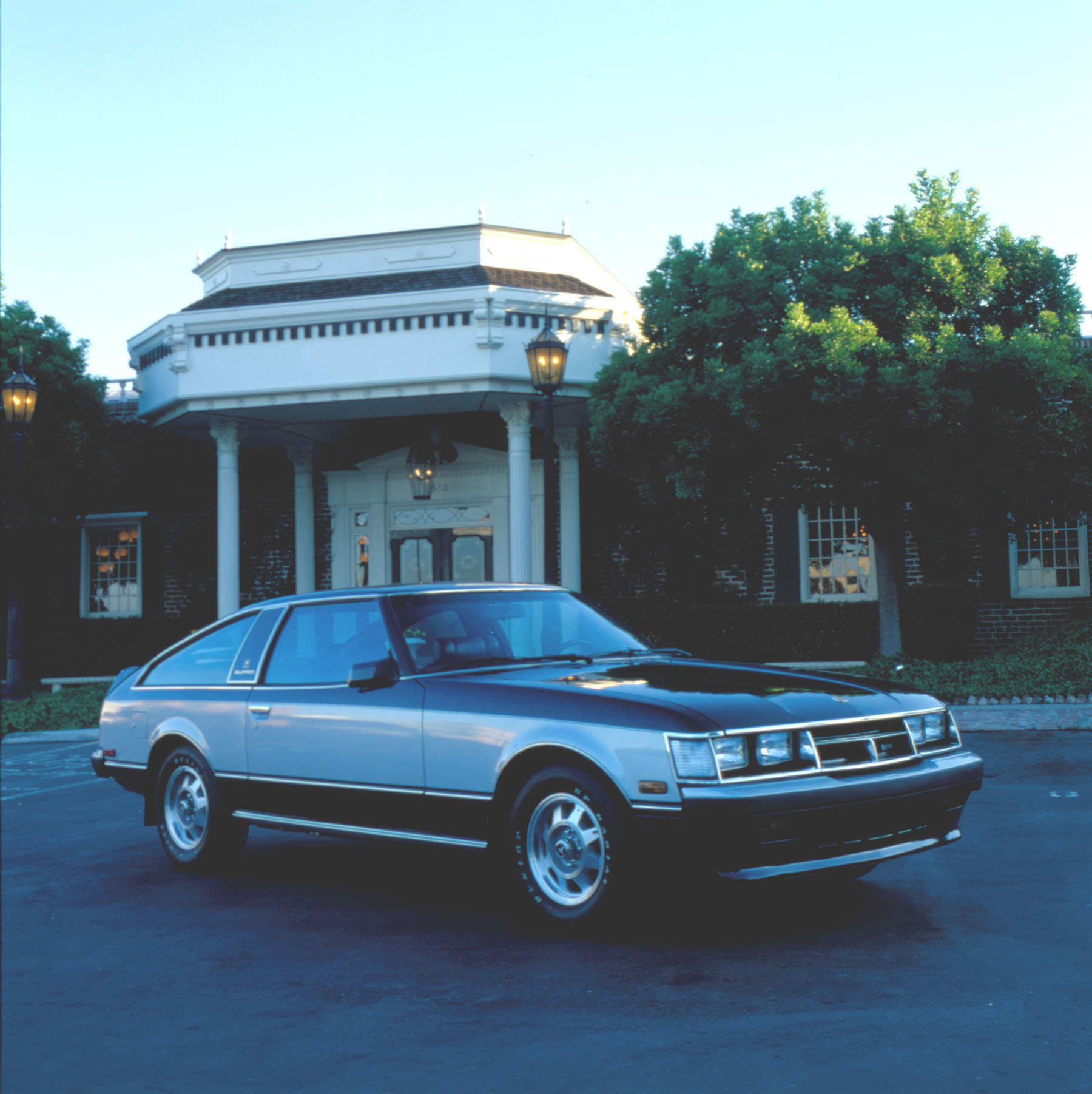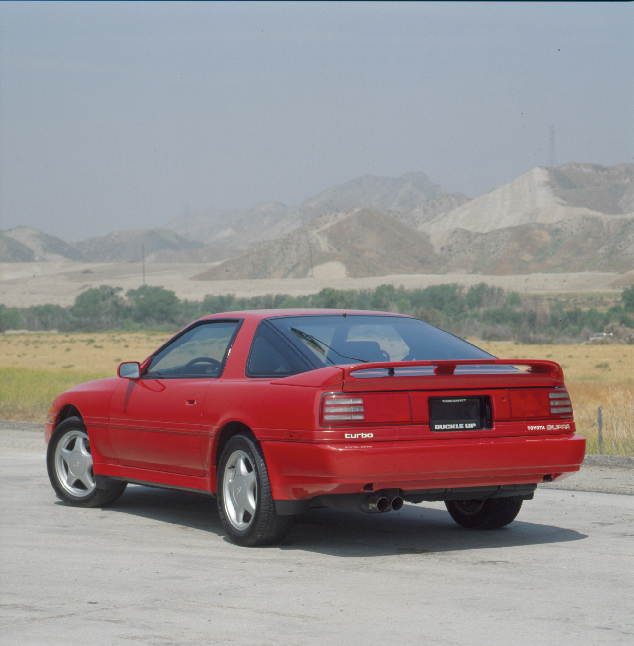Media | Articles
How Toyota made the Supra super
Enthusiasts are cheering the imminent revival of the Toyota Supra, a beloved model last seen in the U.S. in 1998 (production for other markets ended in 2002). It will return on a platform shared with the BMW Z4, and spy photos reveal a car with wide front vents, a classic double-bubble roof, and a rear spoiler. The shape and styling are clearly grown from the seed of Toyota’s earlier FT-1 concept. Expectations are sky-high for this revival Supra, which has big shoes to fill after the legend of the the Mk IV Turbo model has grown.
But the Supra’s origins are more humble than many recall. This hallowed performance nameplate was once a lot more Clark Kent than Supraman.
Celica roots
The Supra’s story starts in 1970 when Toyota, then the world’s fifth-largest automaker, launched the Celica sport coupe to compete against such cars as the Ford Capri and Ford Mustang. Copying the template of the American cars, the Celica’s wardrobe enveloped rear-wheel-drive mechanical bits pilfered from more mundane machinery. Redesigned for 1978, the Celica grew larger, with its looks courtesy of Toyota’s Calty Design Research Center in Newport Beach, California—the first production car design created by the automaker’s American design outpost.
Still, the Celica proved more show than go, due to its underwhelming four-cylinder engine. So engineers later increased the Celica Liftback’s wheelbase to 103.5 inches, bringing overall length to 181 inches and fitting a 110-horsepower SOHC 2.6-liter inline six-cylinder engine, the first Toyota production engine with electronic fuel injection. It was matched to a five-speed manual or four-speed automatic transmission. Four-wheel-independent suspension and four-wheel disc brakes were standard.
Marketplace
Buy and sell classics with confidence

The Supra is born
The Toyota Celica Supra was thus born and debuted stateside in 1979, but it was more a personal luxury cruiser than street bruiser. The buff books weren’t impressed. Car and Driver dismissed its “vapid steering and doughy suspension.”
Given that Supra is a prefix in English meaning “to surpass or go beyond,” it clearly didn’t live up to its name. So for the 1981 model year Toyota added a 2.8-liter SOHC engine, a revised four-speed automatic transmission, and a new Sport Suspension package option in anticipation of the new model coming the following year—a model that would change everything.

A new Celica Supra for 1982
Completely redesigned for 1982, the new Celica and Celica Supra were styled in Japan, eschewing the previous model’s rounded lines for crisp, angular styling. Two Celica Supra models were offered, the L-Type and Performance, the latter getting fender flares, wider wheels and tires, and a sport interior with Recaro-like bucket seats. The revised 2.8-liter six sported double overhead cams and produced 142 hp, all mated to a five-speed. Better yet, Lotus Engineering, in which Toyota held a stake at the time, handled the tuning on the car.
The results were a clear leap forward. Buff books cheered. Motor Trend named it “Import Car of the Year,” and Car and Driver listed it among its annual “10 Best” list.
“The Toyota Celica Supra is an absolutely delightful car, very much in the classical tradition of front-engine, rear-drive, six-cylinder GT coupes, but it replaces their fractious temperaments with all the angst of an anvil,” Car and Driver’s David E. Davis wrote in 1984. “Get in, buckle up, stand on the throttle, and enjoy yourself. That’s all the Supra ever seems to ask of its owner.”
The Supra gets its own identity


When the Celica switched to front-wheel drive for 1986, the Supra went its own way to better compete with the Datsun 280ZX, Mazda RX-7 and Mitsubishi Starion. Losing the Celica name but retaining the front-engine, rear-wheel-drive layout, the new Supra had a 3.0-liter DOHC six-cylinder generating 200 hp and 185 lb-ft of torque. It was mated to a five-speed manual or four-speed automatic. Still, handling remained the car’s clear priority, with double wishbone front and independent rear suspension components. Options included leather seating, power driver’s seat, and a Sport Package with a limited-slip differential, a Toyota Electronically Modulated Suspension (or TEMS) system, and headlight washers.
Toyota added a turbocharger and Intercooler to its inline-six for 1987, increasing output to 230 horsepower and 246 lb-ft of torque. Turbo models received the Sport Package as standard equipment, and anti-lock brakes were optional on all models, making the 1987 Supra the first Toyota available with both a turbocharged engine and anti-lock brakes. An optional Targa-style Sport Roof also debuted. Now solidly out from under the Celica’s shadow, the Supra was forging a whole new path of performance.
The Supra becomes super

The 1993 Toyota Supra cemented its reputation as a world-class sports car.
Toyota started by employing many weight-saving measures. Some were expected, such as aluminum hood, roof, and bumper supports, and a plastic fuel tank. Others were more extreme, such as using hollow carpet fibers and eliminating dual exhaust tips. Engineers also used a revised version of the Lexus SC300’s platform, shortening it 5.5 inches and employing special geometry and coilover shocks. They also tapped the SC300’s 220-hp 3.0-liter inline six.
But the hot ticket was the Turbo, which returned with 320 hp and 315 lb-ft of torque from its twin-turbocharged 2JZ inline-six, delivering 60 mph in less than five seconds. Top speed was electronically limited to 155 mph. A five-speed manual was standard on naturally-aspirated cars; Turbo models came with a six-speed. This car proved an absolute treasure for tuners and enthusiasts, and even now it’s among the hottest Japanese collector cars out there. If this was the Supra’s pinnacle, it didn’t last long.
Beginning of the end
Toyota axed the six-speed manual transmission in the Turbo for 1996, blaming tightening emission regulations. Yet it returned the following year, along with minor trim updates. It was a short reprieve; 1998 saw Toyota drop the Turbo in states with California emissions, selling only normally-aspirated models with four-speed automatic transmissions. Horsepower was now 225 thanks to the addition of variable valve timing. A limited-slip differential also became standard.
With the fourth-generation Supra, Toyota had finally created a world-conquering performance triumph, and one of the fiercest it ever built. Paradoxically, it was also the least successful, and declining interest led to the model’s demise for 1999. Timing is a cruel mistress, as performance coupes across the industry during the late ‘90s met similar fates.
But the prospect of a new model is reviving interest in older models, and values are rising, particularly on Mark IV models. Clean ones are hard to find, but if you have a lead on a solid Supra, don’t pass it up. Because no matter how good the new one is, a classic is, well, classic.





